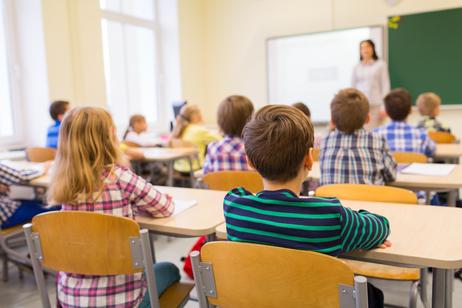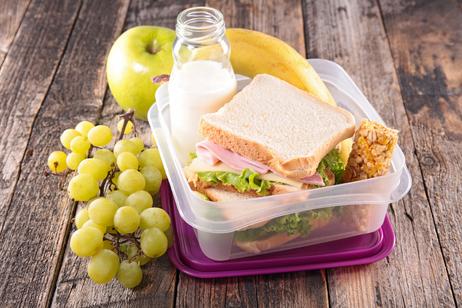The cost of college tuition rises each and every year. Though many students struggle to fund their college education, there are others who are lucky enough that they don’t need to borrow money for school. Even if a high school student doesn’t plan to borrow money to pay their tuition, however, it is still wise to fill out the Free Application for Federal Student Aid (FAFSA).
According to a new report sent out by the National Center for Education Statistics, there are many reasons why high school students fail to fill out the FAFSA, and some of them are due to misconceptions. Keep reading to learn why every high school student should apply for financial aid, whether or not they qualify, regardless of their intention to use it.
What is the Free Application for Federal Student Aid (FAFSA)?
According to recent data from the College Board, the average annual cost to attend an in-state public college is about $25,000. For private colleges, that price doubles to over $50,000. While there are certainly students whose families are wealthy enough to pay for tuition without assistance, most incoming college students require financial aid to fund their higher education.
The Free Application for Federal Student Aid (FAFSA) is the form colleges and universities use to determine a student’s eligibility for federal, state, and school-sponsored financial aid. This includes educational loans, grants, and work-study programs. Even if students only plan to take advantage of state or college-sponsored






















